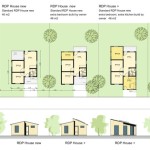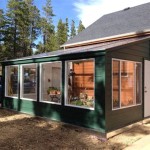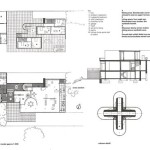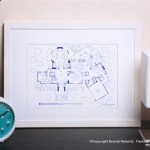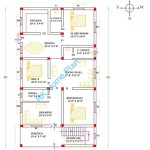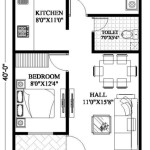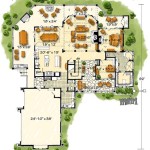Essential Aspects of Tiny Cob House Plans
Tiny cob house plans offer an eco-friendly and affordable alternative to traditional construction methods. Cob, a natural building material made from a mixture of clay, sand, straw, and water, provides excellent thermal mass and breathability. When designing a tiny cob house, several key aspects need to be considered to ensure structural integrity, comfort, and sustainability.
1. Site Considerations
The site for a tiny cob house should offer good drainage, adequate sunlight, and protection from the elements. Assess the soil conditions to ensure they can support the weight of the cob walls. Consider the orientation of the house to maximize natural light and thermal gain.
2. Foundation and Walls
A sturdy foundation is crucial for a durable cob house. Common options include concrete footings or a cob base. Cob walls are typically 12-18 inches thick and should be built with a stable mixture of cob materials. Proper curing and ample time for drying are essential.
3. Roof
The roof of a tiny cob house should be designed to protect it from rain, snow, and wind. A variety of roofing materials can be used, such as straw thatch, metal sheets, or tiles. Ensure proper waterproofing and ventilation.
4. Windows and Doors
Windows and doors provide natural light, ventilation, and access. Choose energy-efficient windows that minimize heat loss. Doors should be sized appropriately and weather-stripped for insulation.
5. Thermal Mass and Insulation
Cob's thermal mass helps regulate indoor temperatures. Consider adding additional insulation, such as straw bales or cellulose, to further enhance thermal performance. Proper ventilation is crucial to prevent condensation and moisture buildup.
6. Natural Lighting
Maximize natural light by incorporating large windows and skylights. Place windows strategically to provide ample daylight throughout the house. This reduces the need for artificial lighting and creates a more comfortable living space.
7. Sustainability and Green Features
Tiny cob houses are inherently sustainable due to their use of natural materials and low energy consumption. Consider incorporating additional green features, such as solar panels, rainwater harvesting systems, or composting toilets, to further reduce environmental impact.
8. Space Utilization
In a tiny cob house, efficient space utilization is crucial. Plan for a compact layout that optimizes every square foot of space. Utilize vertical storage, incorporate built-in furniture, and consider a loft or mezzanine to create additional living areas.
By carefully considering these essential aspects, you can design a tiny cob house that is both sustainable, comfortable, and charming. Remember, cob construction is a hands-on process that requires patience and dedication. Embrace the natural beauty of cob and create a unique and eco-friendly home that reflects your values and lifestyle.

Best House For Hot Humid Climate Green Building Forum At Permies Cob Plans Tiny

Cob House Plan Inspiration Tasarım Dekorasyon

Tiny Cob House Plans The Freeman This

Tiny Cob House Plans The Freeman This

Cob House Floor Plans For The Home

English Earthbag Cottage Plan Cob House Plans Round

Cob House Plans Natural Building Designs This

Solar Oval One Plan

Solar Oval One Plan

Nubian Vault Cob House Plans Earthship Home


